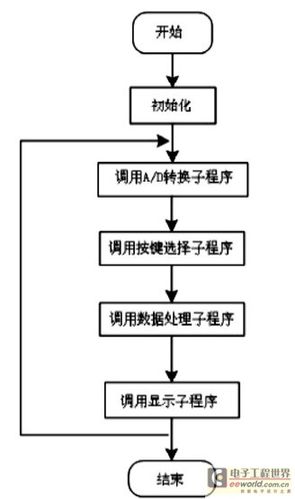Certainly! Here's a structured outline for your thesis proposal on "Mainboard Ranking Ladder Graphs":
Title:
Mainboard Ranking Ladder Graphs: A Comprehensive Analysis and Visualization
Introduction:
In the rapidly evolving landscape of computer hardware, the performance and ranking of mainboards (motherboards) play a crucial role in determining system efficiency and capability. Understanding the factors influencing these rankings through effective visualization tools like ladder graphs is essential for both academic researchers and industry professionals. This study aims to delve into the methodologies behind constructing and interpreting mainboard ranking ladder graphs, thereby providing valuable insights into the field.
Objectives:
1.
To Investigate Ranking Methodologies
: Explore existing methodologies used in assessing and ranking mainboards based on performance metrics such as CPU compatibility, overclocking capability, and connectivity options.2.
To Develop Ladder Graph Visualization Techniques
: Develop and refine techniques for constructing ladder graphs that effectively represent the hierarchical ranking of mainboards across different performance metrics.3.
To Evaluate Practical Applications
: Assess the practical utility of ladder graphs in aiding decisionmaking processes for consumers, system builders, and hardware manufacturers.Significance of the Study:
The significance of this research lies in its potential to enhance the understanding and visualization of mainboard rankings, thereby facilitating informed decisions in both consumer and industrial contexts. By providing clearer insights into the performance metrics and ranking methodologies, this study aims to bridge the gap between technical specifications and realworld applications, fostering advancements in hardware evaluation practices.
Methodology:
1.
Literature Review
: Review existing literature on mainboard performance metrics, ranking methodologies, and visualization techniques, focusing on ladder graphs.2.
Data Collection and Analysis
: Collect data from reputable sources on mainboard specifications and performance metrics. Analyze the data to identify key factors influencing rankings.3.
Graph Construction
: Develop algorithms and tools for constructing ladder graphs based on the analyzed data. Implement visualization techniques to represent ranking hierarchies effectively.4.
Evaluation
: Evaluate the constructed ladder graphs against existing methodologies and assess their effectiveness in conveying meaningful insights.Expected Results:
1.
Refined Methodologies
: Enhanced understanding of current ranking methodologies and their applicability in different scenarios.2.
Visualization Tools
: Development of improved ladder graph visualization tools for better representation of mainboard rankings.3.
Practical Insights
: Insights into the practical implications of ladder graphs in decisionmaking processes related to mainboard selection and system configuration.Conclusion:
In conclusion, this study proposes to contribute significantly to the field of computer hardware evaluation by introducing enhanced visualization techniques for mainboard rankings. By bridging the gap between technical assessments and practical applications, this research aims to empower consumers and industry professionals with the necessary tools to make informed decisions regarding mainboard selection and system optimization.
This structured approach ensures a clear and rigorous exploration of the topic, catering to both academic researchers and industry stakeholders interested in mainboard performance evaluation and visualization.











